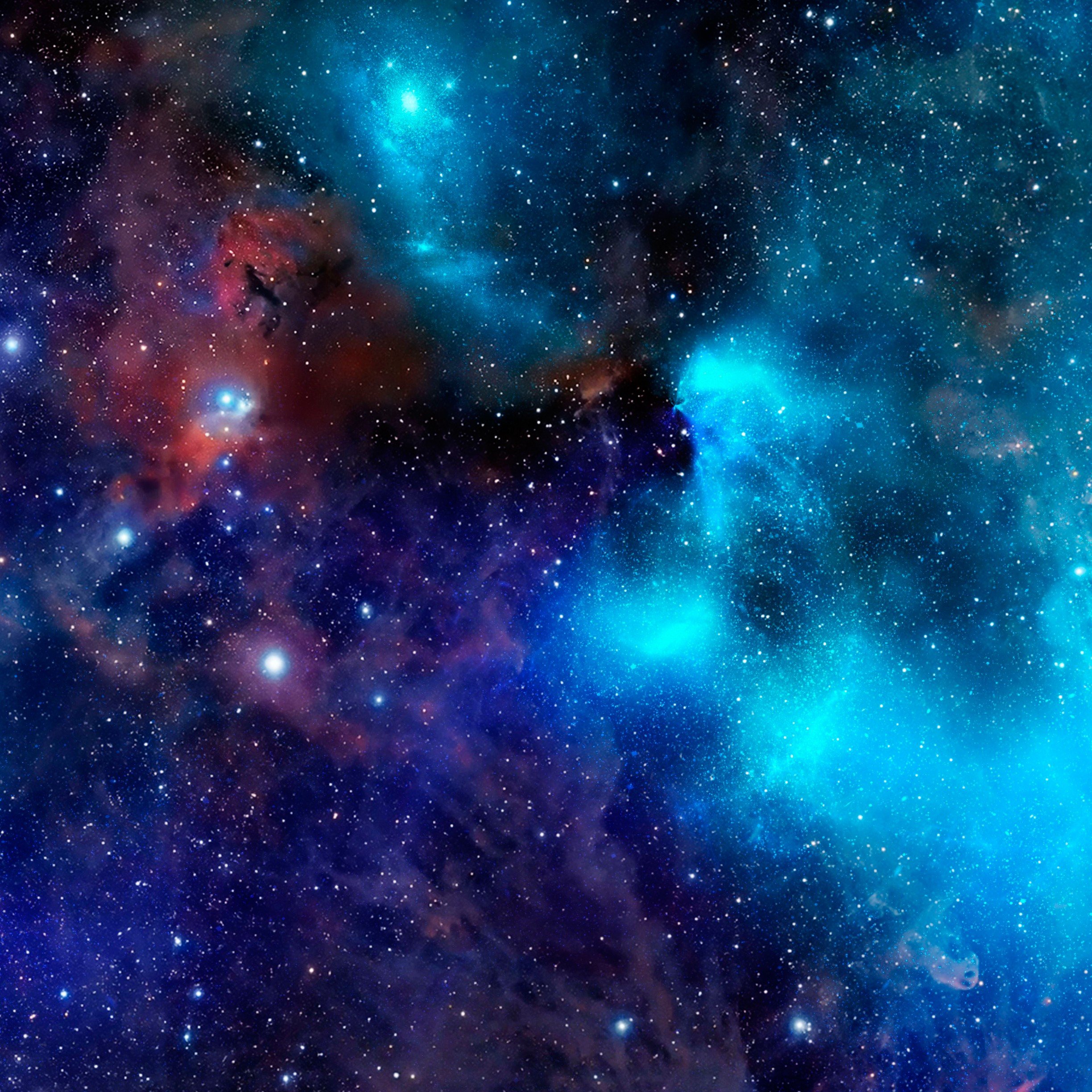Space. A single word that conjures up images of weightless astronauts, swirling galaxies, and the vast unknown. But what exactly is space? It's a question that has captivated humanity for millennia, and even today, scientists are constantly unraveling its secrets. This article delves into the enigmatic world of space, exploring its properties, composition, and the mind-bending phenomena it holds.
Beyond Our Atmosphere: Defining Space
When we gaze up at the night sky, filled with twinkling stars, that's technically not space yet. We exist within Earth's atmosphere, a protective layer of gases that thins as we move outward. The boundary between our atmosphere and space is a fuzzy one, but a commonly accepted demarcation line is the Kármán Line, roughly 100 kilometers (62 miles) above sea level. Here, the atmosphere becomes so thin it can no longer support sustained flight.
The Immense Emptiness: A Celestial Vacuum
One of the defining characteristics of space is its near-perfect vacuum. Unlike Earth with its dense atmosphere, space contains very little matter. This translates to an incredibly low pressure environment. Imagine sound waves – they require molecules bumping into each other to travel. In the near-absence of particles in space, sound simply can't propagate, creating the absolute silence often associated with space.
However, the idea of a completely empty space is a bit misleading. Scattered throughout this vast expanse are traces of gas, dust, and other matter. In some regions, these elements clump together to form stars, planets, and galaxies. But even in these denser areas, the space between objects is still vast, making the overall density of matter in space incredibly low.
A Symphony of Celestial Bodies: Stars, Planets, and Beyond
Space is not just an empty void; it's a vibrant tapestry woven with celestial objects. Stars, the most abundant objects in the universe, are giant balls of burning plasma, powered by nuclear fusion at their core. Our very own Sun is a star, a medium-sized yellow dwarf that provides light and heat to our solar system.
Planets, like Earth, are celestial bodies that orbit stars. They can be rocky, gaseous, or icy giants, each with unique characteristics. Moons, dwarf planets, asteroids, comets – these are just a few of the other celestial bodies that populate our solar system and beyond.
Galaxies, majestic collections of billions of stars, gas, and dust, are the largest structures in the observable universe. Our Milky Way galaxy, with its spiral arms and central bulge, is home to our solar system. Beyond the Milky Way, countless other galaxies stretch out into the cosmos, each a universe in itself.
The Majesty of Motion: Gravity's Guiding Hand
The vast celestial dance within space is orchestrated by gravity. This invisible force, described by Einstein's theory of general relativity, dictates how objects with mass attract each other. It's gravity that keeps planets in their orbits around stars, and galaxies bound together. It's also responsible for the phenomenon of weightlessness experienced by astronauts in space.
In the absence of a solid surface to push against, like we have on Earth, astronauts in orbit are essentially in constant freefall. They experience the sensation of weightlessness because they're falling towards Earth at the same rate their spacecraft is moving around the planet.
Exploring the Unknown: Tools for Unveiling Space's Secrets
Our understanding of space has come a long way, fueled by human curiosity and ingenuity. Space probes, robotic emissaries sent out to explore distant celestial bodies, have provided us with close-up views of planets, moons, and asteroids. These probes gather data on everything from a planet's atmosphere to the composition of its surface.
Artificial satellites, human-made objects orbiting Earth or other celestial bodies, serve a multitude of purposes. They provide communication services, monitor weather patterns, and help us navigate our planet. Astronomical telescopes, both ground-based and space-borne, allow us to peer deep into the universe, observing distant galaxies and unraveling the mysteries of black holes.
The International Space Station (ISS), a marvel of international collaboration, serves as a scientific research platform in low Earth orbit. Astronauts aboard the ISS conduct experiments in various fields, from human biology in space to the behavior of materials in microgravity.
The Final Frontier: Challenges and the Future of Space Exploration
Space exploration is not without its challenges. The harsh environment of space, with its extreme temperatures, radiation, and the threat of micrometeoroids, poses significant risks to astronauts and spacecraft. The immense distances involved in space travel require powerful rockets and sophisticated technology.
Despite these challenges, the future of space exploration is brimming with possibilities. Private companies are playing an increasingly prominent role, developing reusable rockets and aiming for commercial space travel. Space agencies around the world are working towards sending humans back to the Moon and even venturing to Mars. One potential driver of this renewed focus on human spaceflight is the prospect of commercial space travel.
Tags:
Cosmology

